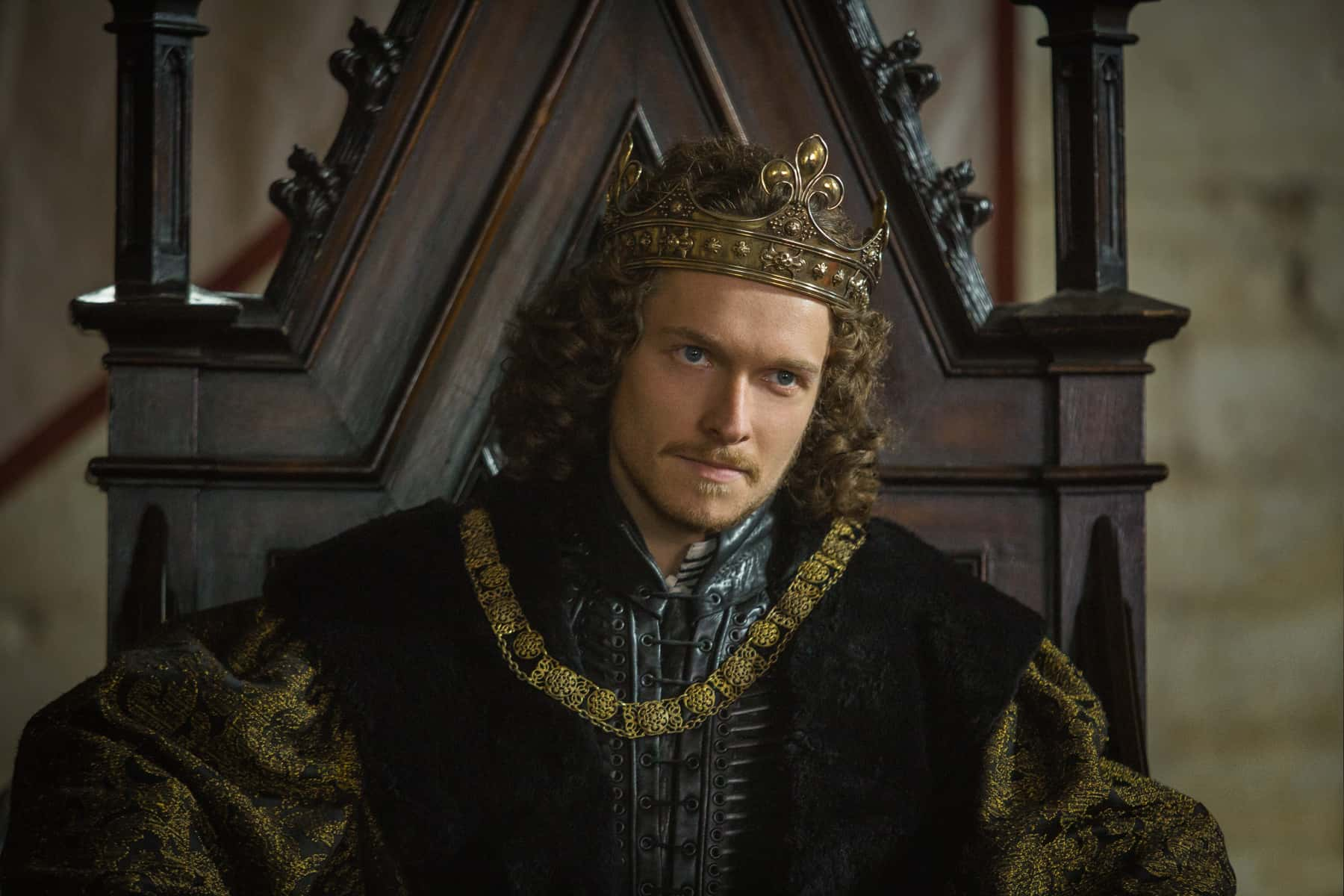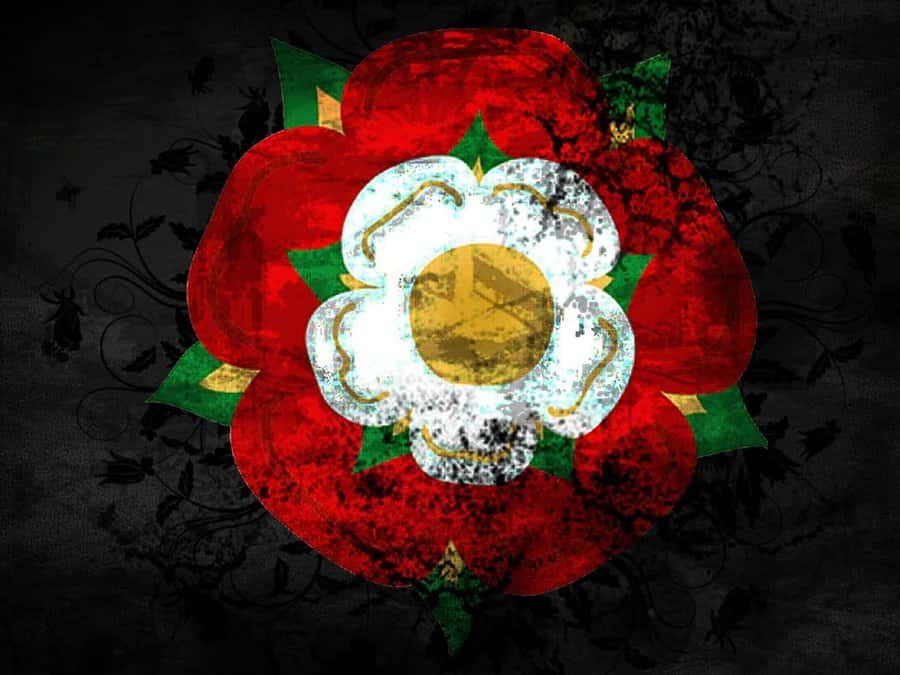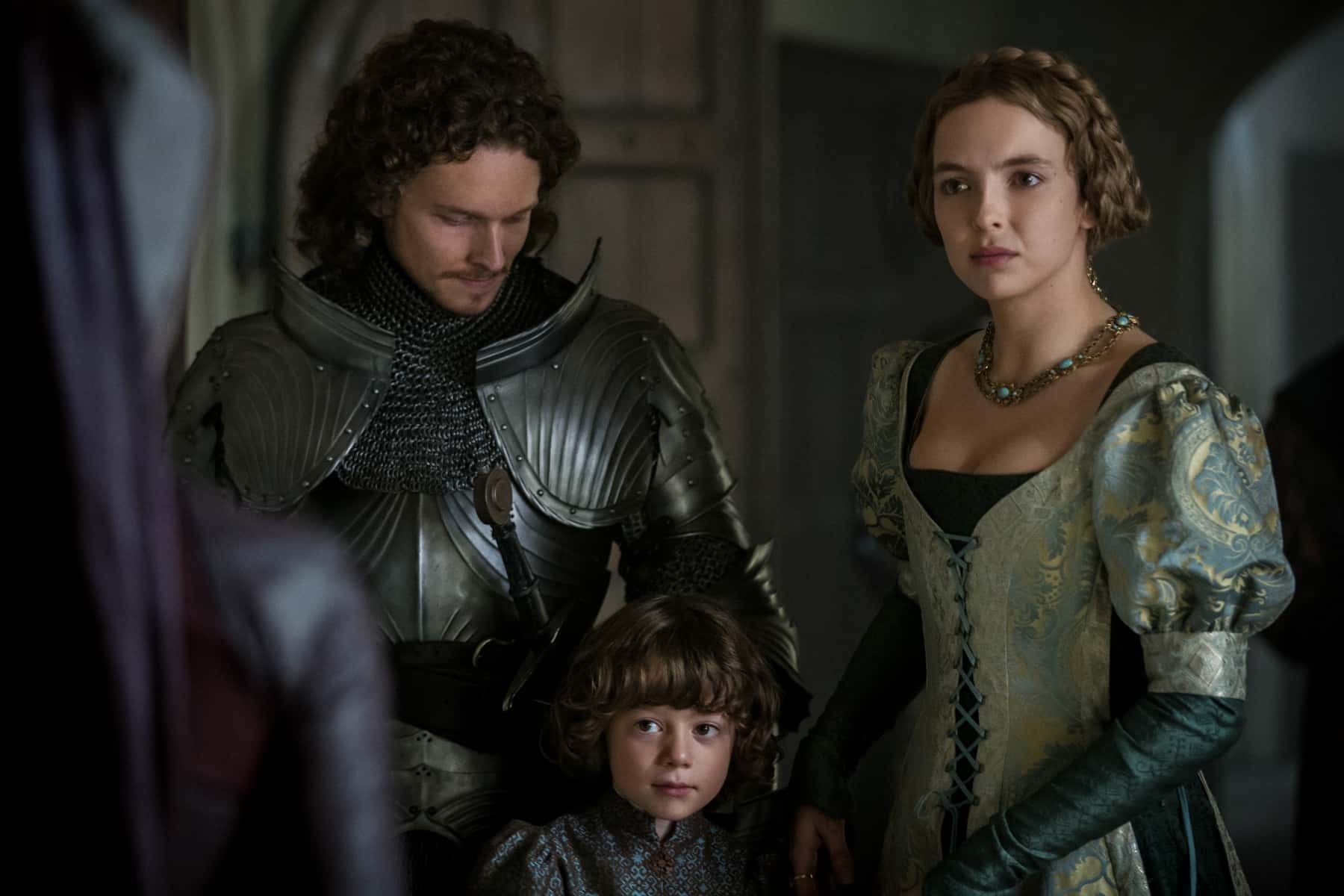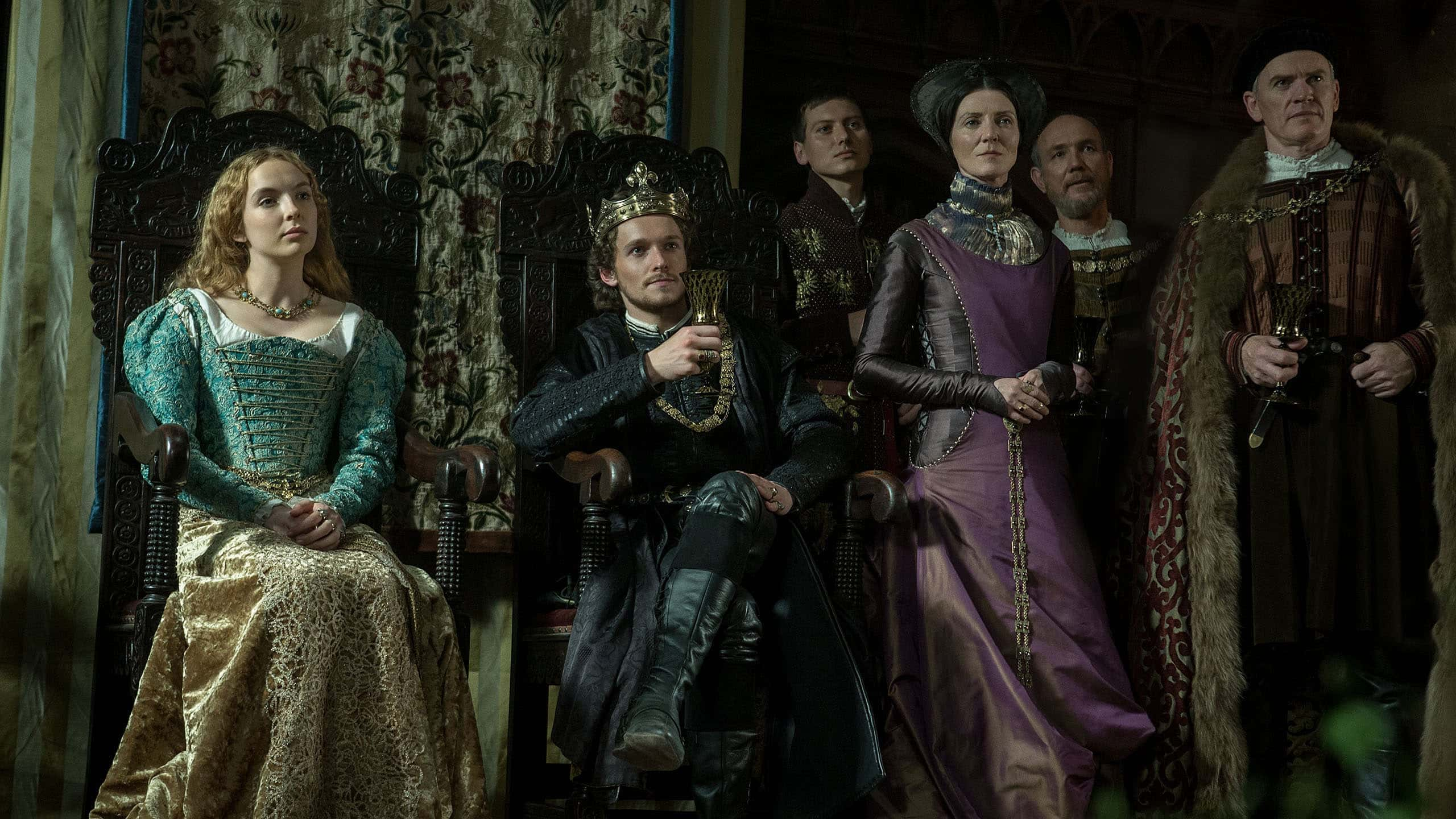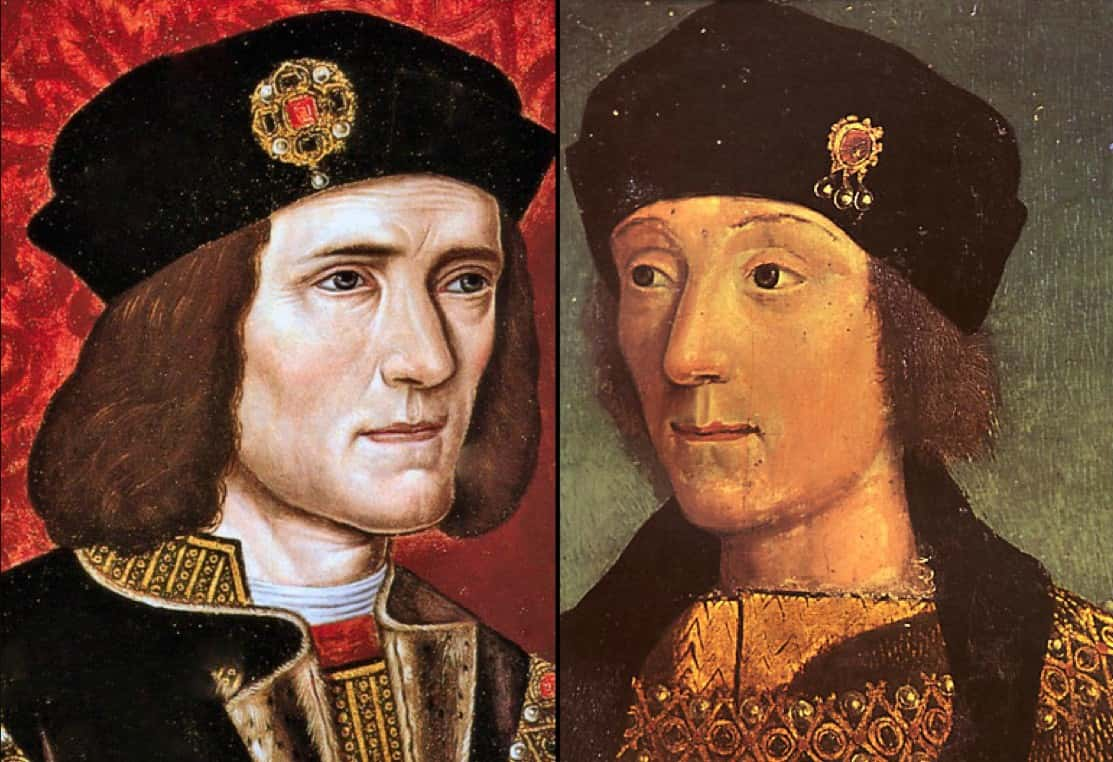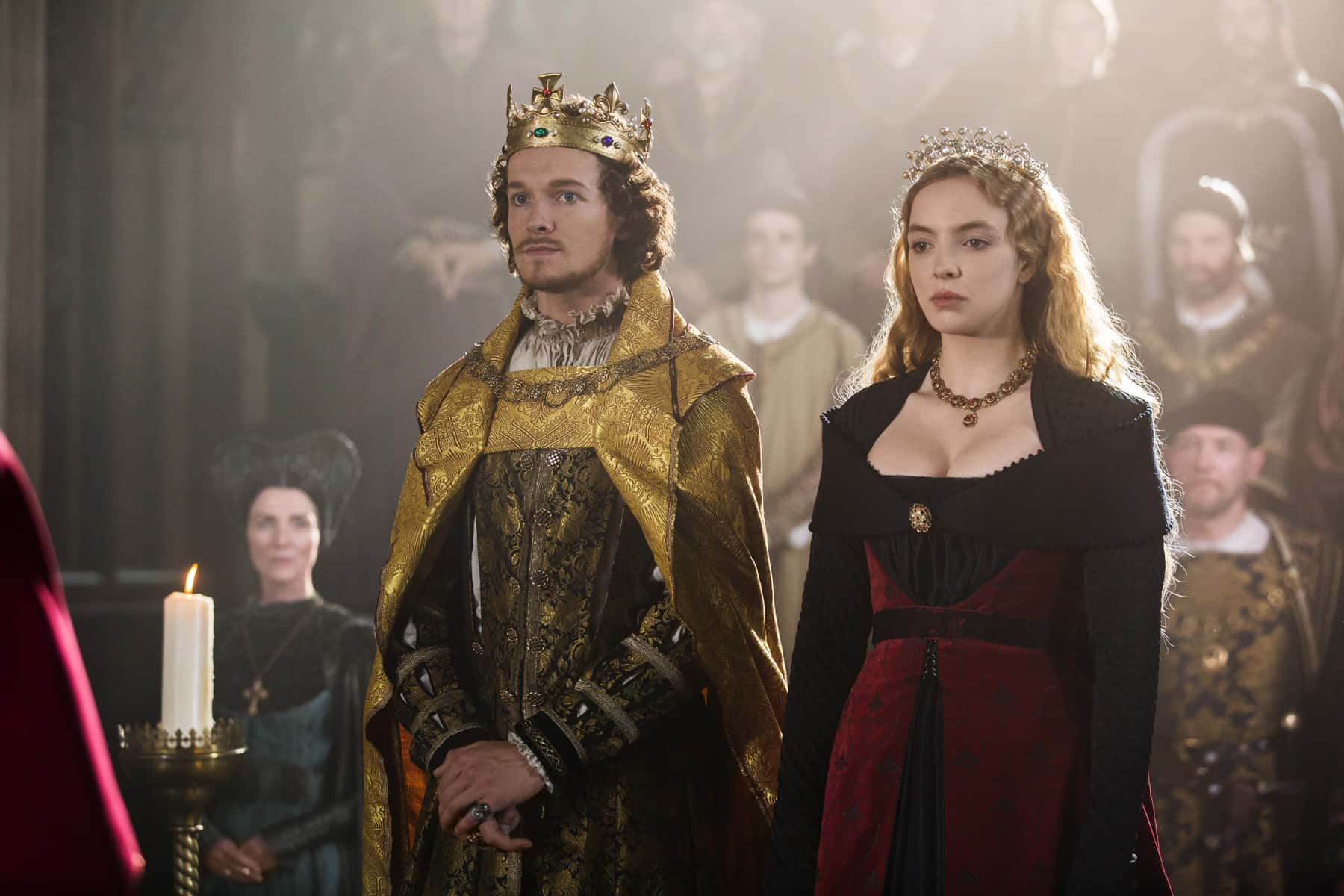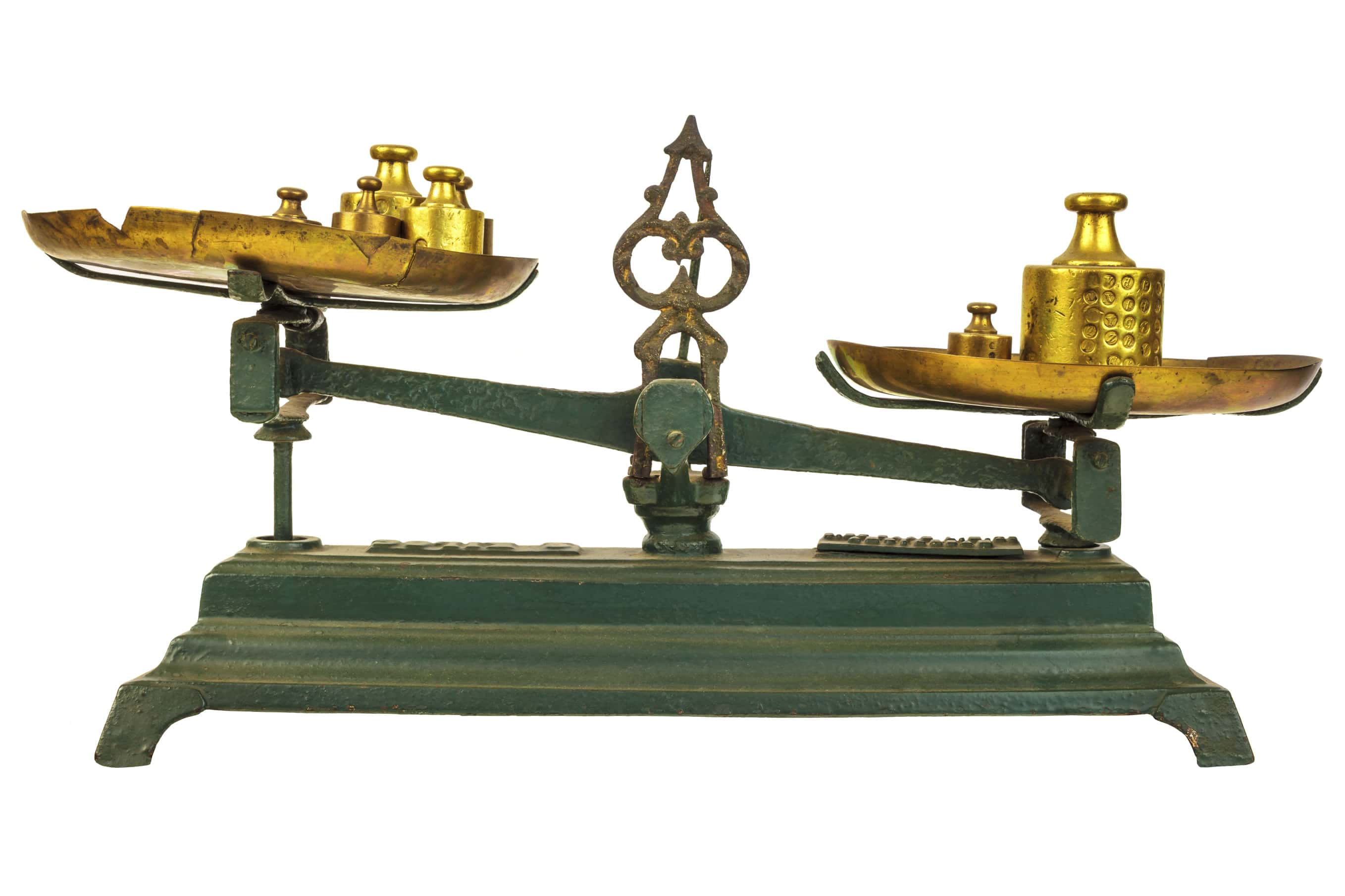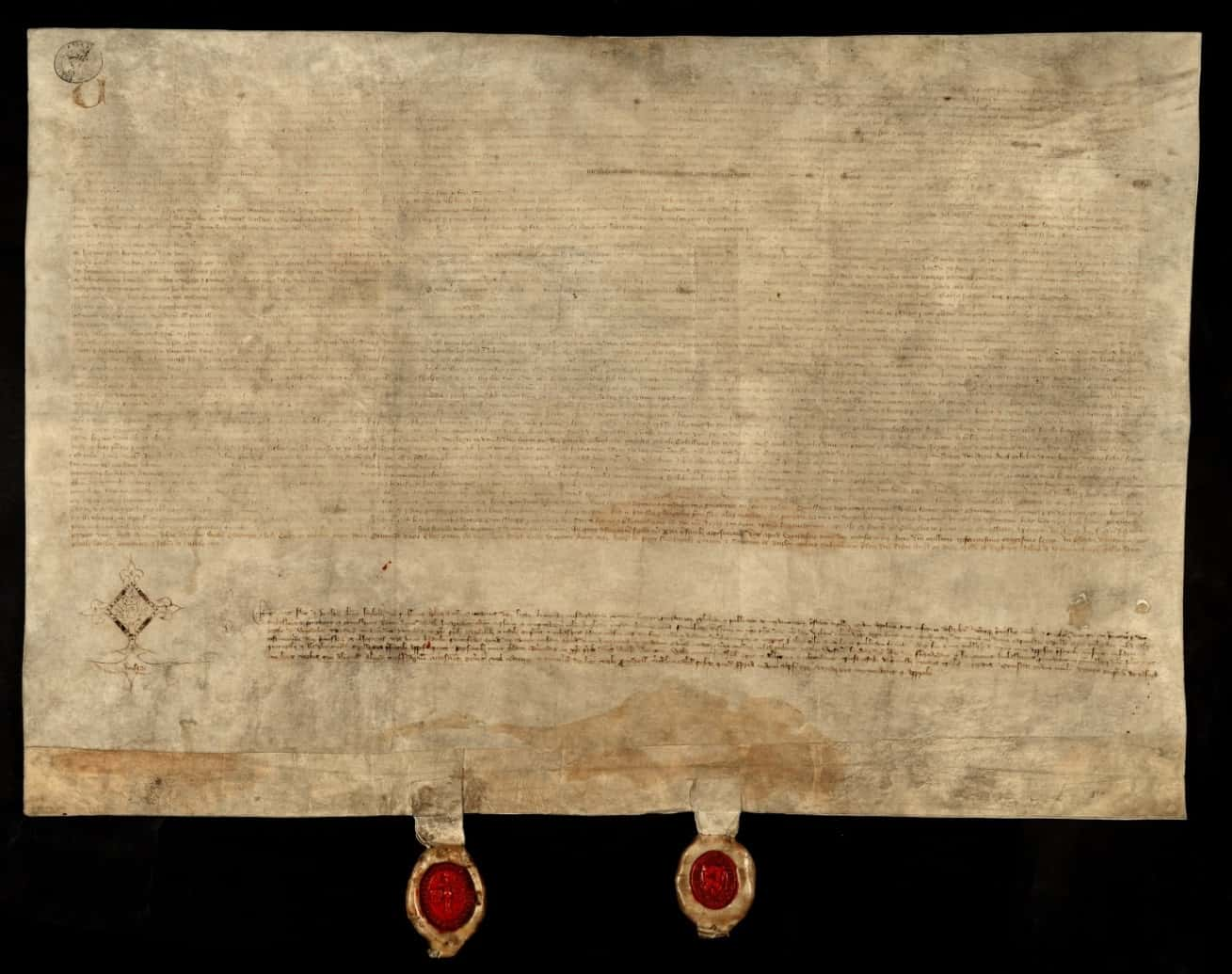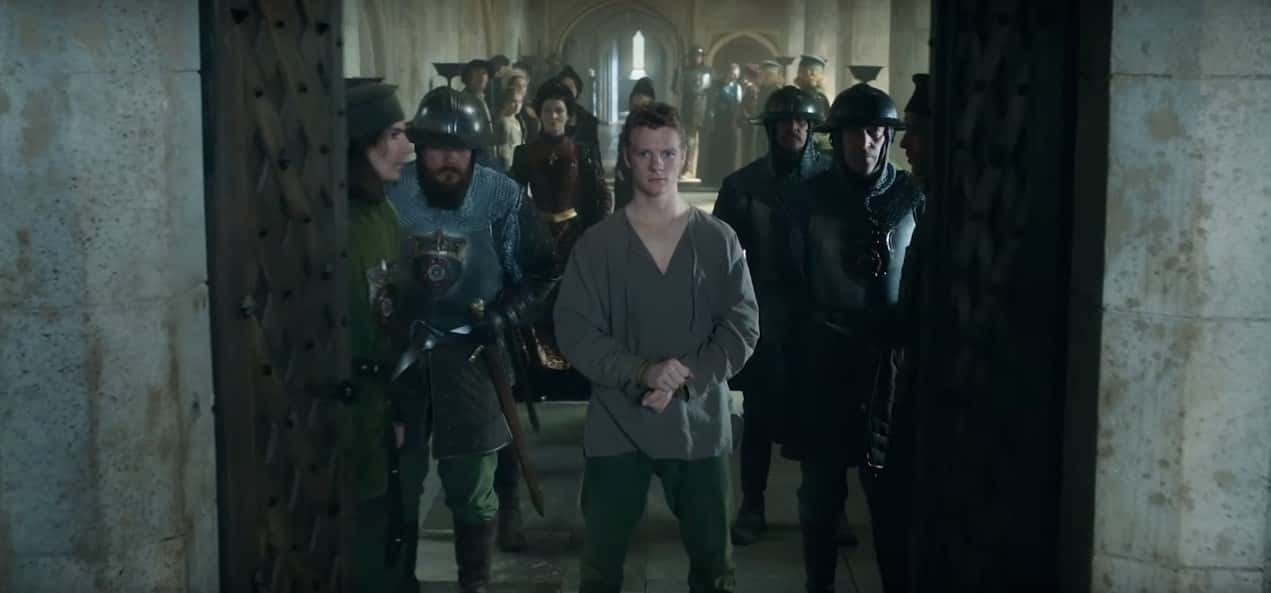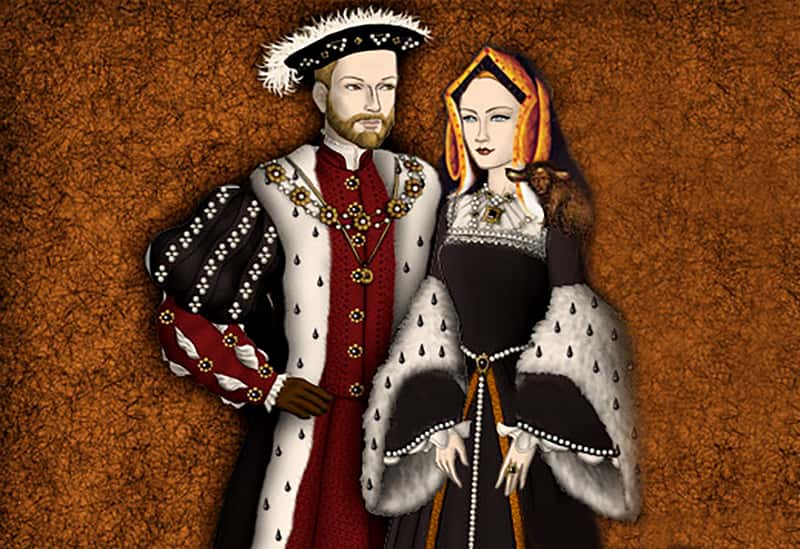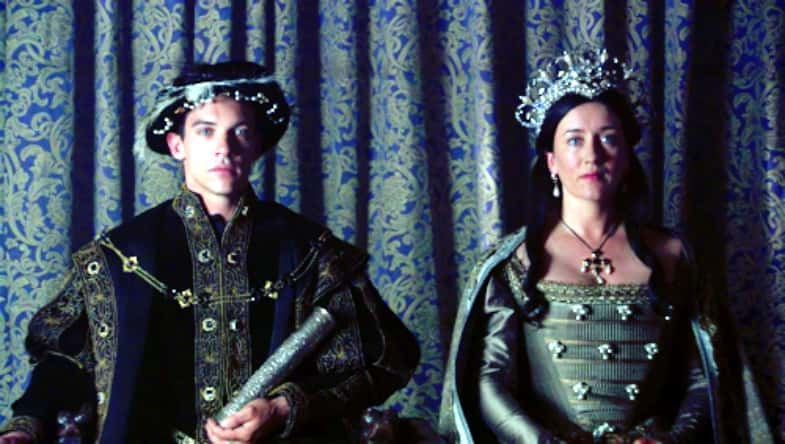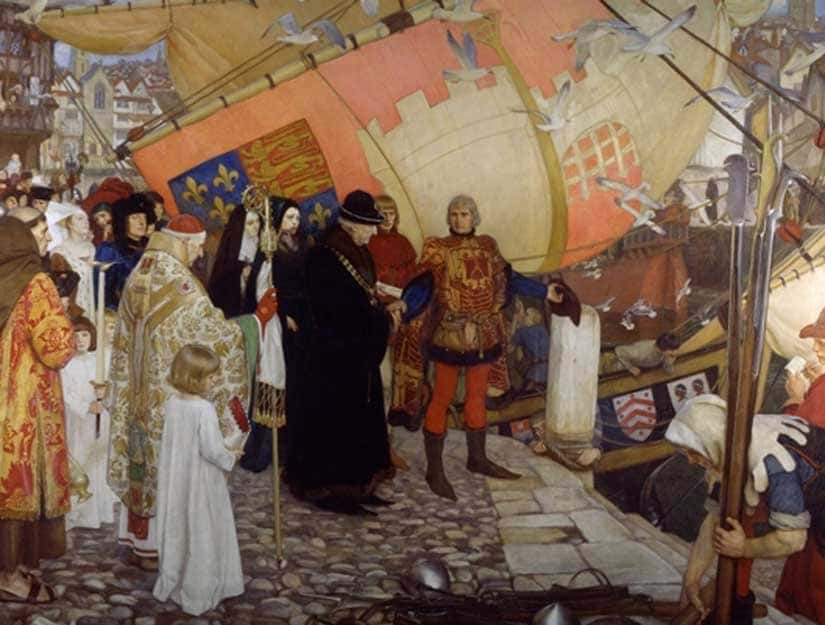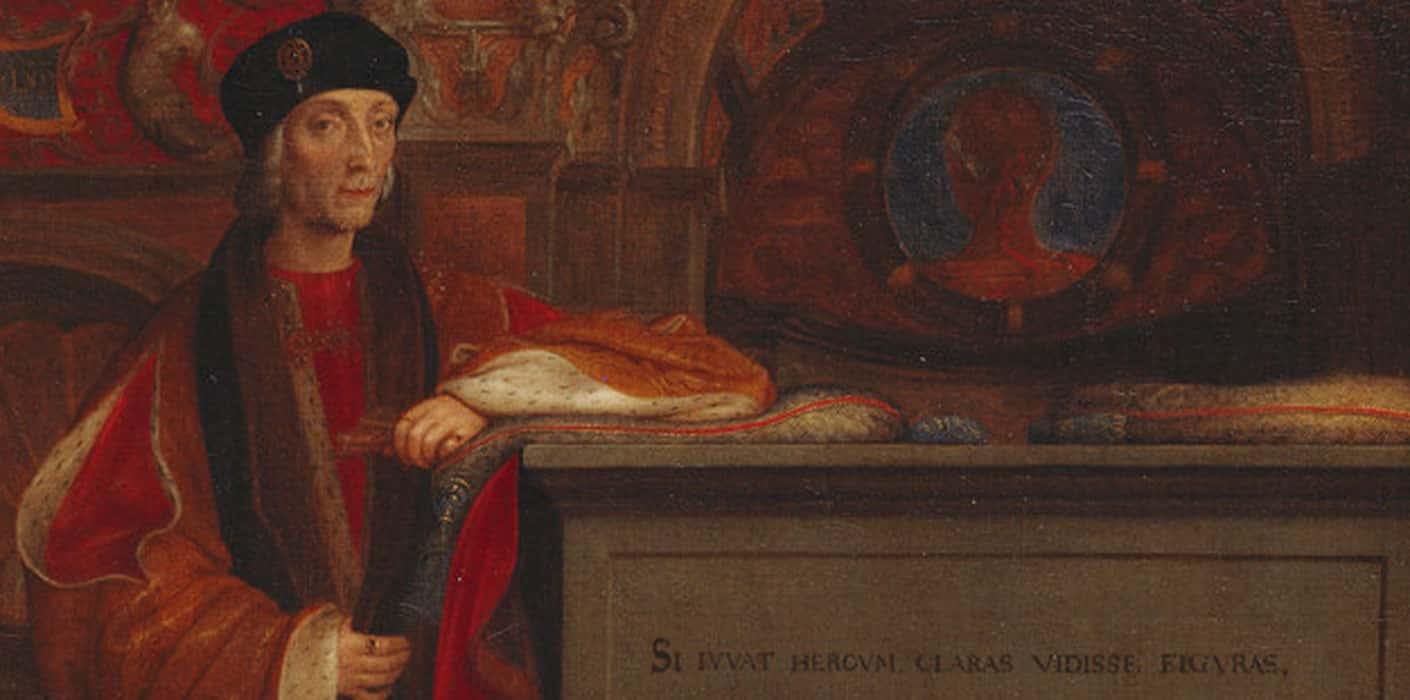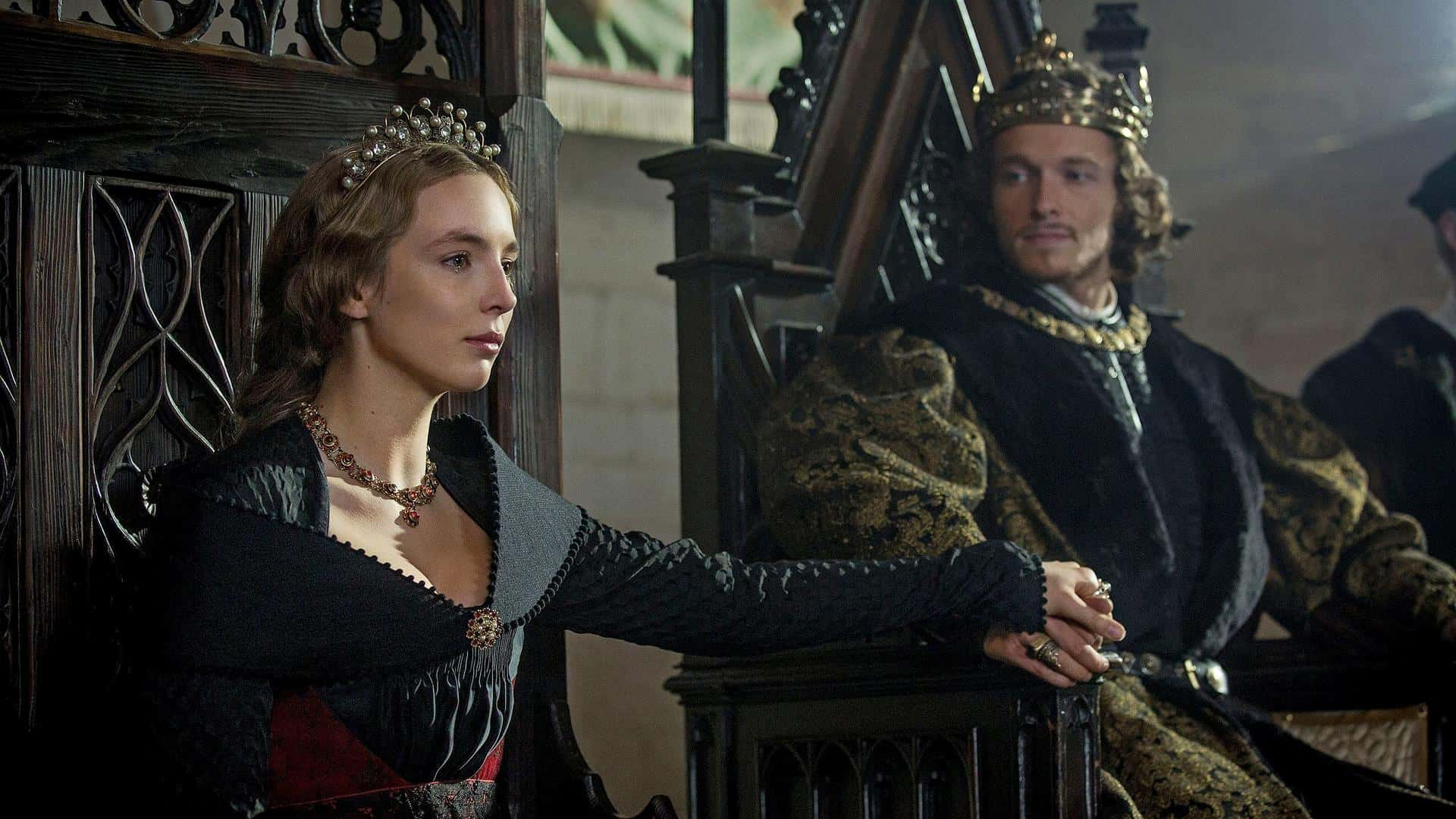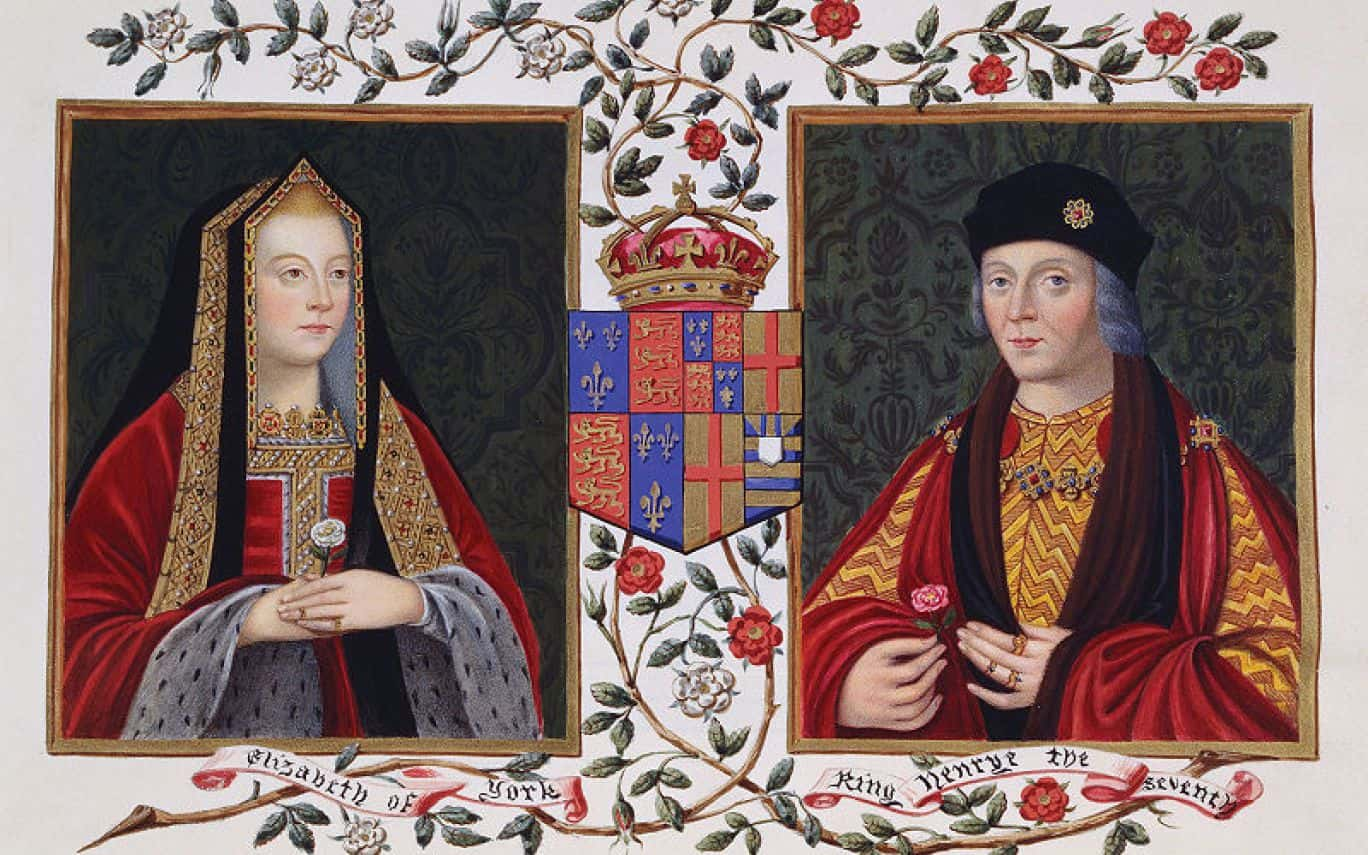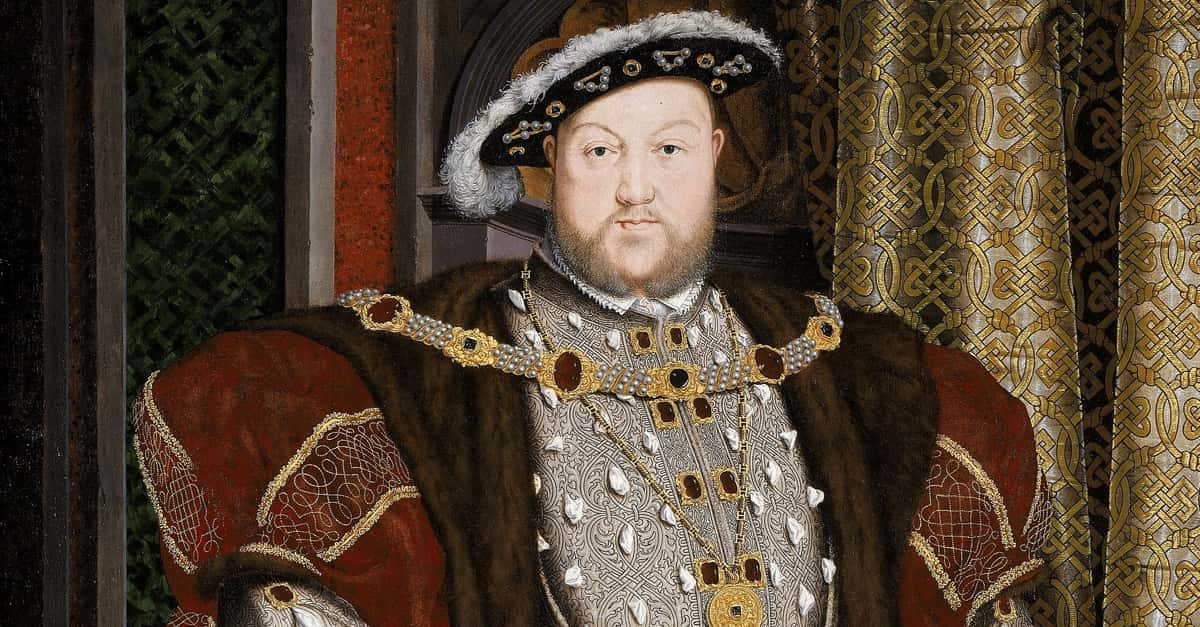“I said to my mother, Henry VII is interesting. No he's not, my mother said.”—Hilary Mantel, Giving Up the Ghost: A Memoir
History looks back on King Henry VII of England as a cold and miserly ruler. Was he just a thin and austere namesake of his corpuscular and indulgent son, the more famous Henry VIII? In truth, we’d be remiss to dismiss the original Henry Tudor. After all, few monarchs since William the Conqueror had come from such humble backgrounds. Though he descended from Welsh butlers, Henry ended his life as King of England. The first Tudor monarch roses from the ashes of the Wars of the Roses to inherit the country at its most unstable and leave it in relative prosperity. His life wasn’t the stuff of steamy soap operas, but it certainly had enough drama for a Tudor.
What were Henry’s favorite fashion accessories? How did he turn a shipwreck into a political opportunity? What was the deal-breaking dating faux-pas that left him single forever? Tighten the purse strings to these 42 penny-pinching facts about Henry VII, the first Tudor King.
Henry VII Facts
42. Born in Bloodshed
Despite his kingly “destiny,” Henry’s birth was hardly fit for a prince. His mother, Lady Margaret Beaufort, was only 13 years old when he was born. Even worse, she was a widowed 13-year-old; Henry’s father, Edmund Tudor, the Earl of Richmond, died in Yorkist captivity during the ongoing Wars of the Roses just three months before Henry’s birth. The childbirth was so difficult—due to Margaret’s young age—both mother and son nearly died too. She would never conceive again. With Edmund dying upon his arrival, Henry would be an only child in the truest and loneliest sense of the world.
41. Claim to Shame
In the big picture, Henry’s claim to the throne was very weak. Sure, he was the foremost Lancastrian heir in The Wars of the Roses… but only through the bastard line. Through his mother, Henry descended from a king’s son, John of Gaunt. But even then, his claim was only through John’s legitimized bastards, who themselves were initially barred from the throne. The increasingly lack of breathing Lancastrians to be found, however, made Henry a prime target for advancement and intrigue.
40. Don’t Wake the Dragon
Henry VII is the only Welsh-born king to rule England. Descended from a Welsh butler’s son named Owen Tudor and born at Pembroke Castle, Henry VII was a contender for the famous “Y Mab Darogan” or "The Son of Prophecy”—a messiah in Celtic legend who was destined to free the Welsh people from their long oppression. Unfortunately, this was not to be: Henry mostly ignored Wales as a king.
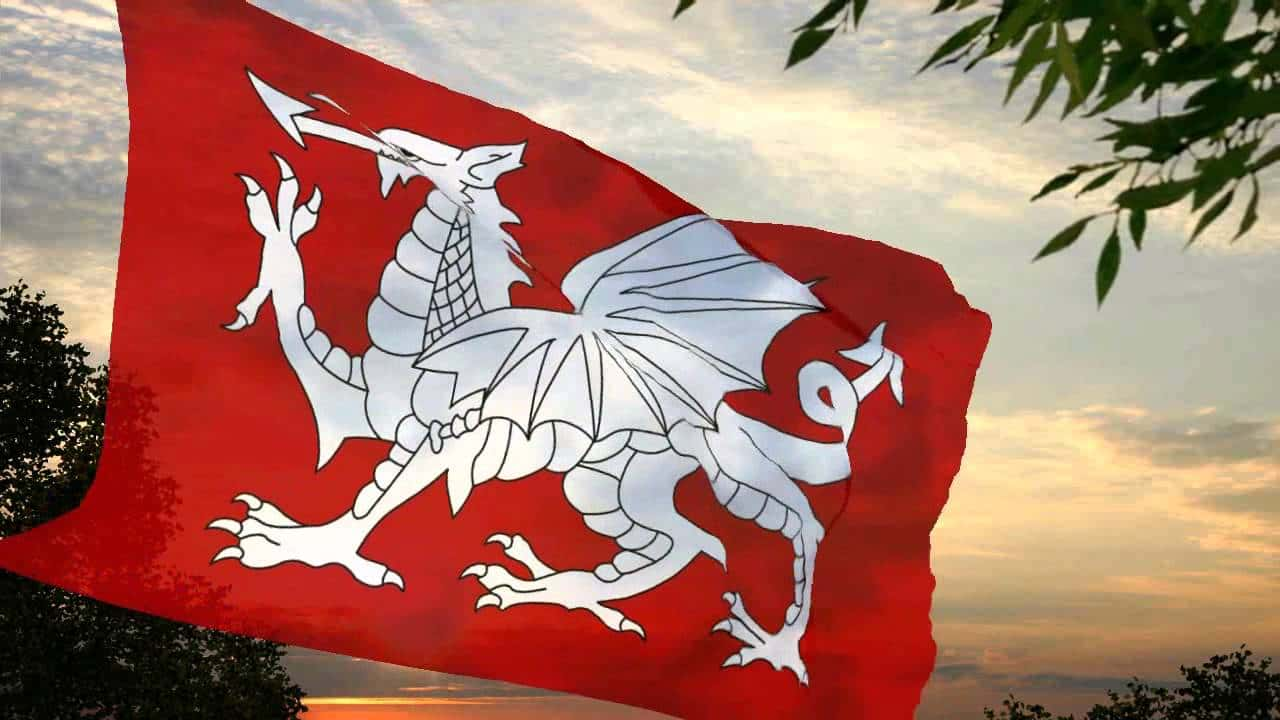 youtube
youtube
39. A Game of Musical Custody Arrangements
Few kingly childhoods got more erratic than the upbringing of Henry VII. Because of his mother’s youth, she quickly remarried. As a result, Henry was first raised by his uncle, Jasper Tudor. However, the rise of Yorkist King Edward IV in 1461 soon forced his uncle into exile. The four-year-old Henry was then sent to be a ward to Lord Hebert—which must have been awkward since the Yorkist partisan Hebert also got all of Henry’s revoked lands and titles as Earl of Pembroke and guardianship of his own mother.
38. My Time to Shine
In 1470, the Lancastrian King Henry VI was briefly restored to power. Things were looking up for Henry and the potential reclamation of his lands. Unfortunately, this wasn’t to last: within a year, Edward IV overthrew the last truly Lancastrian king, which meant the 14-year-old Henry and his uncle Jasper Tudor had to re-enter exile. Jasper had returned to England and made his nephew part of the Henry VI's court, meaning the Tudors were now political fugitives.
37. Stayaction from Hell
Altogether, Henry VII spent 14 years in exile from England. He and his uncle Jasper mostly stayed under the protection of Duke Francis II of Brittany. However, when Francis fell ill in 1476, the duke’s representatives found it more amenable to cut Henry off and hand him over to the English king for execution, but he managed to escape by the skin of his teeth.
36. Mommy See, Mommy Do
Henry’s mother Margaret Beaufort managed to outlive her own son, albeit only by two months. I guess she’d seen enough.
35. The Toddler General
By 1495, King Henry VII had bestowed his three-year-old son Prince Henry (the future Henry VIII) with countless titles, from Constable of Dover Castle to Lord Lieutenant of Ireland and even Duke of York. Why did a toddler need such military prestige? These were largely symbolic acts to ensure King Henry could keep control of these lands and titles away from his ever-looming Yorkist in-laws.
34. Rose Ceremony
Henry VII was the one to popularize the red rose as the Lancastrian symbol. While Edward IV popularized the white rose as the Yorkist symbol, no Lancastrian sported the comparison with crimson carnations until the first Tudor King. In effect, he also blazed the path for the propagandic “red and white” Tudor rose as a symbol of peace.
33. Dressed to Oppress
Thanks to his tax policies, Henry VII is often remembered as the cheapskate prequel to his so-called spendthrift son. However, Henry VII could totally compete with Henry VIII when it came to fashion budgets. Within the first two years of his reign alone, Henry Sr. spent £3 million on new clothes just for himself. A new job requires new threads, right?
32. The Royal Man-Purse
When spending his spoils of war, Henry VII had a taste for purse wear (His son, Henry VIII, departed from his dad’s style, and preferred to us his codpiece as a “pocket” for storing personal items).
31. Baby’s First Bet
Was his majesty bad at poker? In addition to significant gambling debts to household members, the accounts for Henry VII also listed a sizable card-playing debt to his own son, seven-year-old Prince Henry. As one writer put it, “Was this the King’s bad luck–or was this a doting father allowing his young son to win?” Only Henry knows…
30. The Enemy of My Enemy
By 1483, Richard III of the House of York had overstepped his missing nephews (who became known as the “Princes in the Tower” for their long, mysterious imprisonment in the Tower of London) to become King of England. However, this alienated enough of old King Edward IV’s in-laws, the Woodvilles, for them side with none other than our pal Henry Tudor. Henry’s mother Margaret Beaufort began to advocate for her son to be made heir. At the same time, the late Edward IV’s daughter and heir, Elizabeth of York, was pledged to wed Henry. Backed by the French themselves, Henry—now in his late 20s—had sharp swords to match his royal blood.
29. Take One
If at first you don’t succeed, rebel again: the first attempt of Henry VII to really seize the throne ended in a high-profile execution, but thankfully not his own. In 1483, the Duke of Buckingham joined the Tudor claimant and his mother in rising up against Richard III. This failed, and Buckingham was promptly executed, briefly sending the Tudors back to the drawing board (For the record, Buckingham was a former ally of King Richard, and therefore one of the biggest non-Richard suspects in the disappearance of The Princes in the Tower).
28. Winner By a Horse
By 1485, Henry had amassed 5,000 soldiers in his quest for the throne. However, Tudor's forces were still greatly outnumbered by Richard III's. Essentially, King Richard needed to just “not die” in order to win. Of course, this was easier said than done: Richard was killed in the Battle of Bosworth, thereby crowning Henry “by right of conquest” and finally bringing The Wars of the Roses to a close.
 youtube
youtube
27. Not Without My Wife
Henry VII died at the age of 52 from tuberculosis on 21 April 1509. He was buried at Westminster Abbey right next to his wife, Elizabeth of York.
26. You’re Welcome
Most people get rings or appliances as wedding gifts; Henry VII gave his wife un-bastardization. Elizabeth of York was the oldest living child of the late Edward IV and presumptive heir to the Yorkists. Richard III had bastardized her and her siblings to seize the throne. Seeing as Henry needed his new wife’s legitimacy to help solidify his own hold on England, maybe we should see this legitimization as less of a gift and more of a “mift” (AKA a gift for “myself").
25. Measuring Contest
One of the biggest changes to military leadership under Henry VII was to limit the size of private armies kept by nobles.
24. King of Not Picking Up the Check
More in line with his reputation as a miser, Henry VII was not a generous brother-in-law. When Henry married Elizabeth of York, he revoked her family’s inheritable lands for the crown itself, thereby leaving Elizabeth’s younger sisters to be virtually penniless (or as penniless as princesses can be). While the girls were married to local (and loyal) nobles in Henry’s regime, the queen had to pay her sisters’ dowries out of her own pocket. His message was clear: princess or not, House York was out and House Tudor was in.
23. First Blood
The Stafford and Lovell rebellion was the first (but not the last) rebellion against Henry VII. It also made things awkward between Henry and the Pope. After the Battle of Bosworth in 1485, Francis Lord Lovell and Humphrey Stafford went into religious sanctuary. From their church, the two launched a 1486 rebellion to restore the house of York to power. After this was crushed, Henry violated sanctuary to seize the Stafford brothers, executing one of them for treason. Initially, this religious faux-pas drew the ire of Pope Innocent VIII. Unfortunately, this was not to be the last time a Tudor named Henry and a Pope had a tiff…
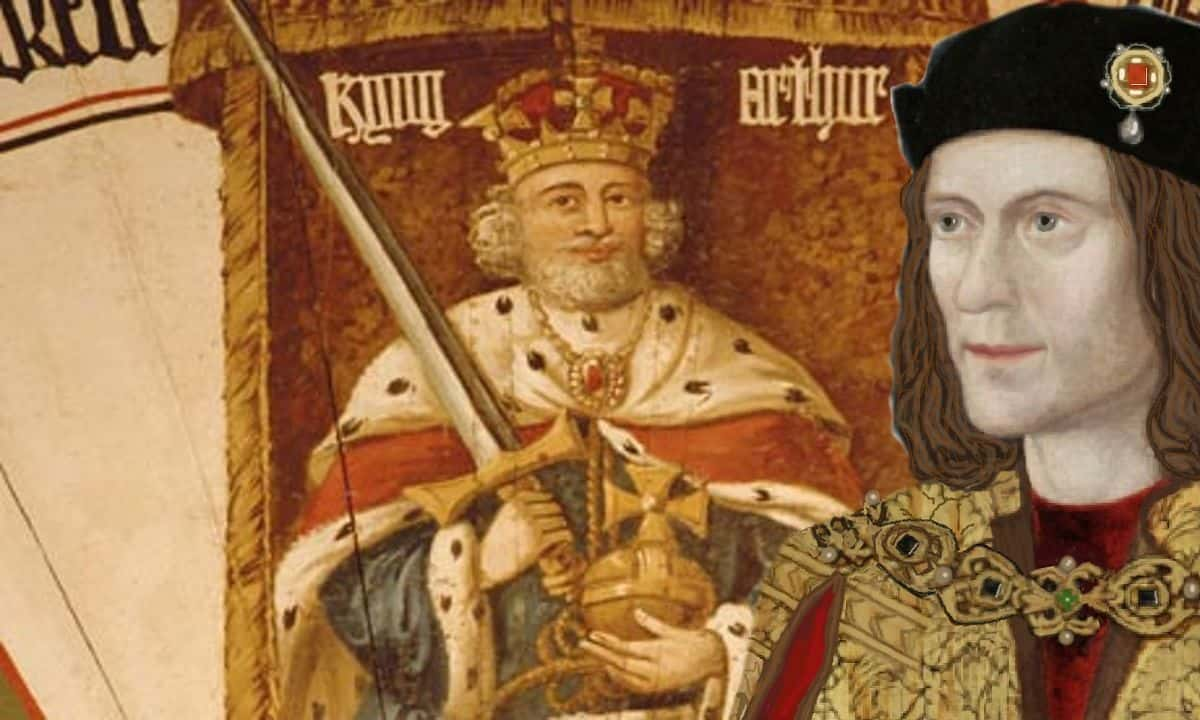 pinterest
pinterest
22. Death and Taxes
The English financial system was arguably modernized by Henry VII. Unfortunately for the nobility, this was done through aggressive taxation of the upper-class. This was done, in part, to limit the many threats of rebellion which still lurked in Henry’s court.
21. The Weight of the World
Under Henry VII, the “pound avoirdupois” became the standard measure of weight in the British Empire.
20. Gilligan’s Island Sucks IRL
Henry took advantage of a shipwrecked foreigner to extort a peace treaty that was grotesquely favorable to England’s interests. In 1506, the Phillip, the Duke of Burgundy, washed ashore upon the British coastline. As Henry’s “guest,” Phillip was forced to sign the Treaty of Windsor. Other foreign powers refused to acknowledge the ill-gotten treaty, which was known across Europe as the Malus Intercursus or "Evil Agreement.”
19. Throwback Thursdays: Civil War
In the 1490s, Henry VII went to war with a ghost... kind of: a man named Perkin Warbeck claimed to be the long-lost Richard of Shrewsbury, one of the lost “Princes in the Tower” and Henry's wife's brother. Backed by the King of Scotland, Warbeck launched multiple invasions of England and Ireland over several years. Warwick was finally captured in 1497 and executed. Before his death, the man wrote that he was not a prince, but a Fleming pretender, so Henry could at least sleep while not feeling like he killed his brother-in-law.
18. The Price of Security
In total, Henry spent more than £13,000 (about £1,000,000 in 2016 money) dealing with the pretender Perkin Warbeck. That was a lot of money to shell on a relative who turned out not to be your brother-in-law.
17. Who Likes the Tax Man?
Richard Empson and Edmund Dudley were the most hated tax-collectors of Henry VII’s reign. In a crowd-pleasing move, his son Henry VIII executed Empson and Dudley for treason as one of his first kingly acts.
16. Celebrity Deaths Come in Twos
The year of 1502 began a rough spell for Henry VII. First, his son and heir, Prince Arthur, died suddenly after only a few months of marriage to Catherine of Aragon. Then, Henry’s wife, Elizabeth of York, died in childbirth just one year later. He shut himself away for several days, refusing to speak to anyone but his mother.
15. Nothing like Recycling
After the death of his son Prince Arthur, King Henry salvaged the Spanish alliance by getting a Papal dispensation to engage his widowed daughter-in-law, Catherine Aragon, to his surviving son, the future Henry VIII. After all, the old Henry still wanted to keep that huge dowry.
14. Trading for an Older Model?
What’s more awkward than marrying your dead son’s widow to your surviving son? Marrying your widowed daughter-in-law for yourself? That’s what Henry VII almost did after the death of Catherine of Aragon’s powerful mother, Isabella of Castile. This downgraded Catherine in the marriage market, so King Henry had second thoughts and changed the papal dispensation to allow marriage between Catherine and himself.
13. Mr. Universe
Henry VII is the first British monarch to sponsor intercontinental explorations. Although not much survives of his venture, the miserly king did spare enough pennies to sponsor father-son explorers John and Sebastian Cabot in northwest hemispheric voyages.
12. Back to OkCupid
Back on the singles’ scene, the widower Henry was very rusty with his dating skills. He briefly entertained the 27-year-old Giovanna of Aragon as a potential bride. The king even asked his ambassadors to describe Giovanna… particularly in terms of breast size, breath smell, and upper-lip hair. Shockingly, Giovanna heard these demands and refused to have a portrait made for him, which left the Henry going stag for the rest of his days.
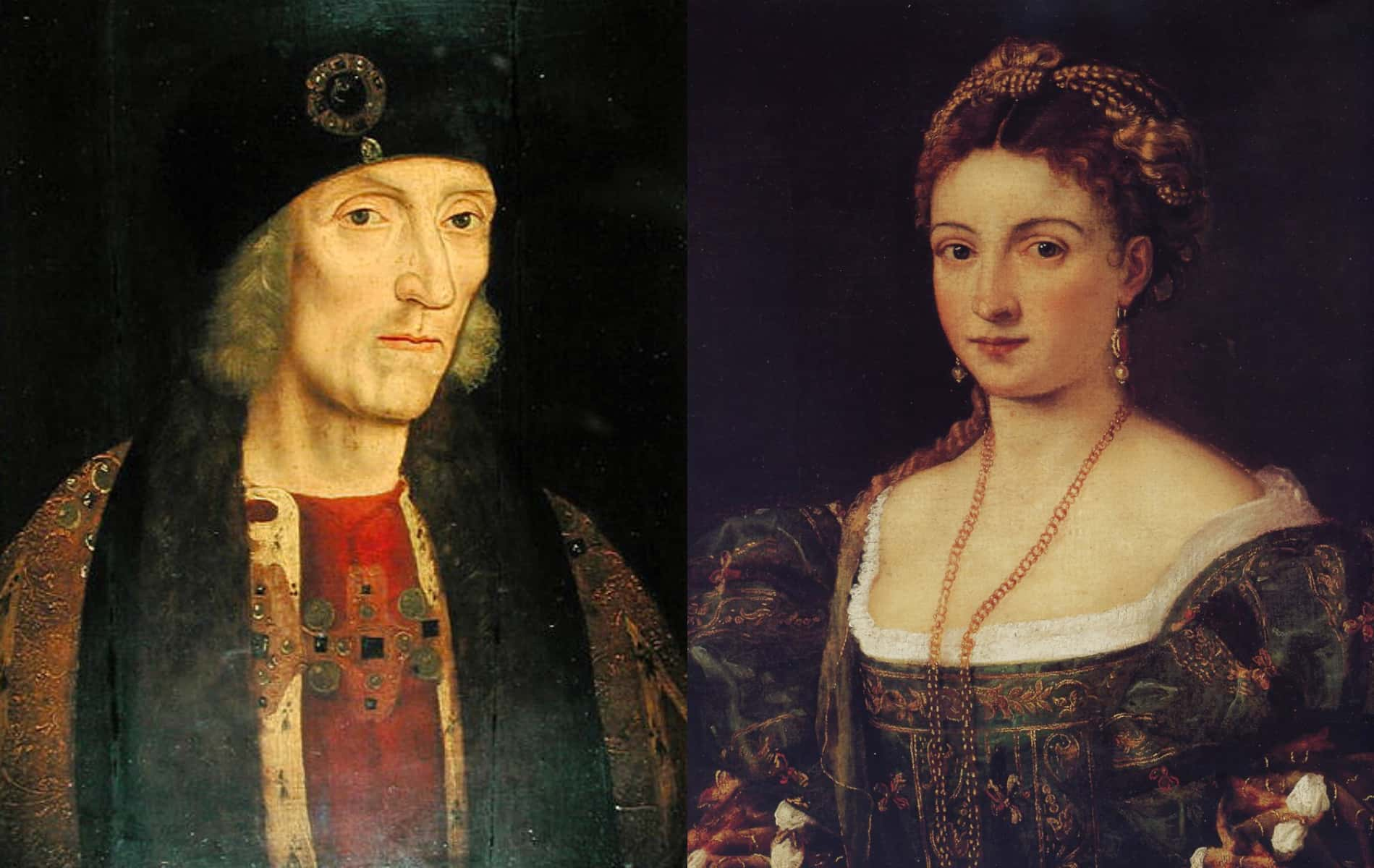
11. Looks Aren’t Everything in a King
Henry VII is one of the few Kings of England who is not romanticized in his physical descriptions. At the age of 27, right before he took the throne, he was described as tall, slender, and blue-eyed… with unfortunately bad teeth and a long, sallow face.
10. A One-Lady King
Despite the political nature of their union, Henry never took a mistress throughout his entire marriage to Elizabeth of York.
9. Let’s Get Even Closer
In total, Henry’s marriage to Elizabeth of York required a total of three Papal dispensations to be legal: they were double cousins by the fourth degree.
8. Who’s Your Daddy?
While Henry never strayed from his wife, he might have fathered an illegitimate child from before they met. A child named Roland de Velville landed with the 28-year-old Henry as the king claimed England. The boy was favored at the hard-to-please king’s court for the rest of his life, which led many historians to believe Roland was Henry’s secret lovechild from a youthful affair. Until we can time-travel Maury Povich to 14th century Brittany, no one can be sure.
7. This is Where the Magic Happened
The bed where Henry VII likely “made” Prince Arthur of Wales has survived and is currently valued at £20 million. For the record, the bed also depicts Henry and his wife as Adam and Eve being transmuted into the community of Christ. By my standards, that makes it worth every penny.
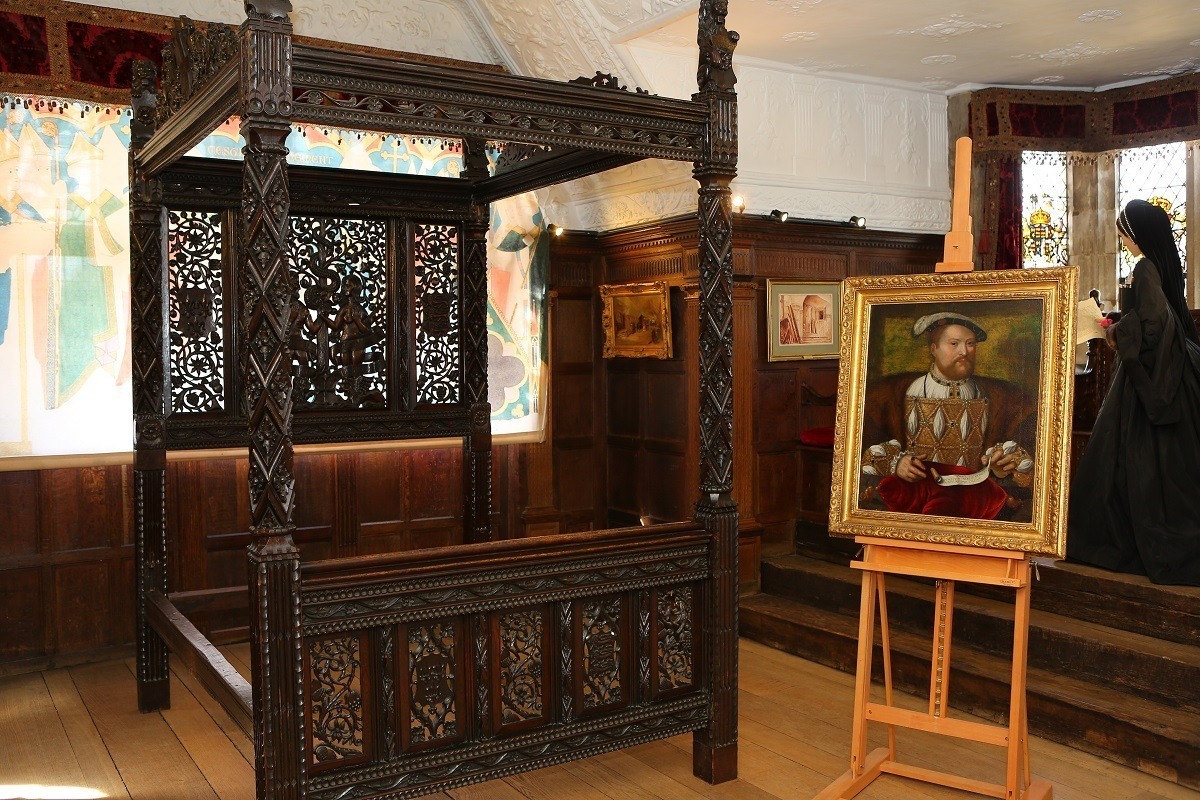 Hever Castle
Hever Castle
6. The Future Henry VIII vs. Bad Infrastructure
In July 1506, Prince Henry was almost killed on a late-night father-son walk. The gallery through which they were strolling “fell suddenly” and nearly crushed the king’s last living son—an accident which could have destroyed the Tudor dynasty itself. No one was hurt, but a carpenter was promptly imprisoned for his negligence.
5. Big Henry is Watching You
After his eldest son Arthur’s death, Henry tightened control over his last surviving heir, the future Henry VIII. Whereas Arthur was married and given Wales to rule as soon as possible, Henry was educated right under his father’s watchful eye and saw his marriages delayed. As one ambassador observed, “It is not only from love that the king takes the prince with him; he wishes to improve him. Certainly, there could be no better school in the world than the society of such a father as Henry VII. He is so wise and so attentive to everything; nothing escapes his attention.” Sounds tight, I’m sure a growing teen like Henry loved that attention.
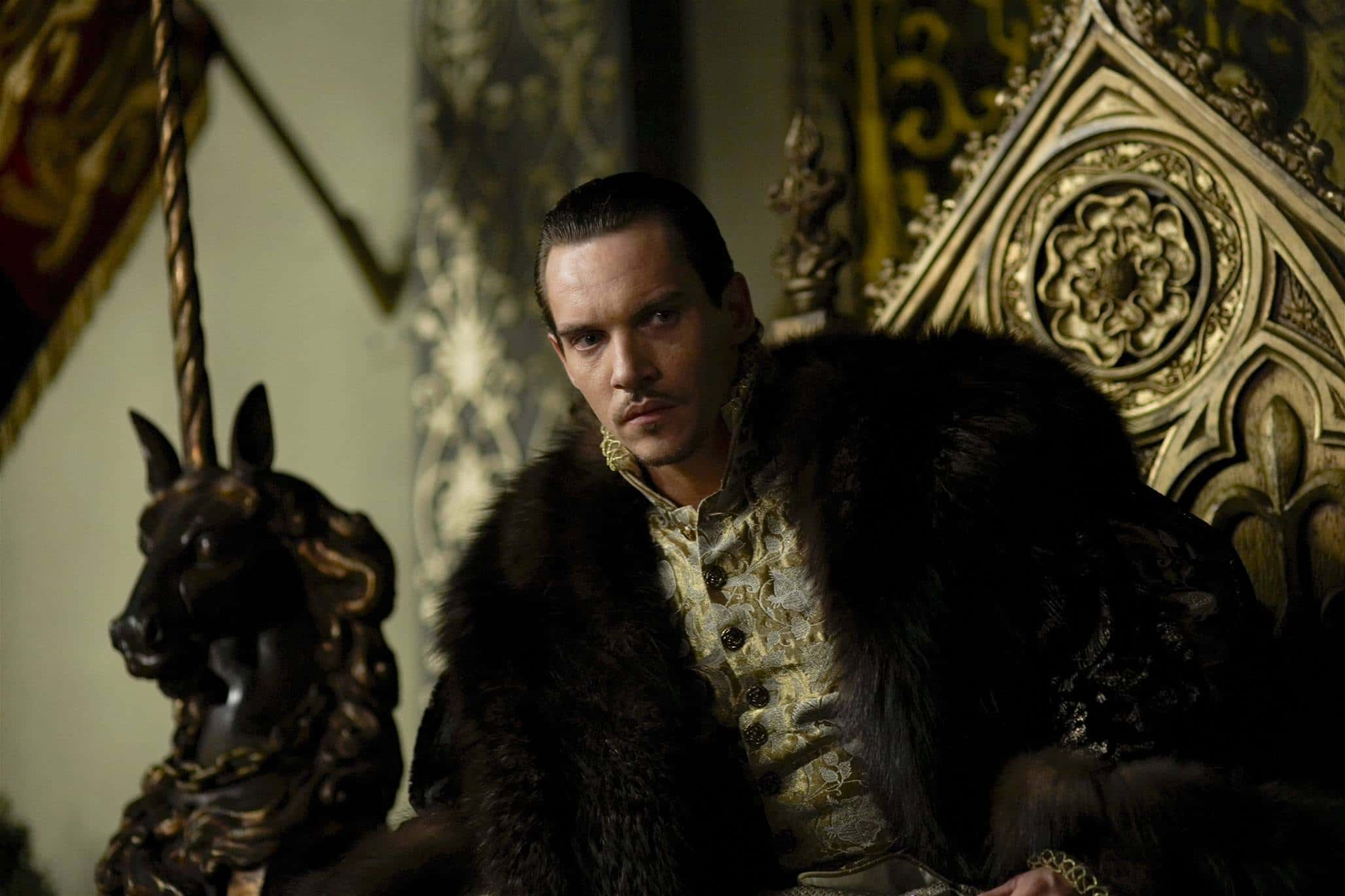 Revue iDNES
Revue iDNES
4. Advanced Job Search
Before there was Perkin Warbeck, a little boy named Lambert Simnel was put forth by Henry’s enemies as England’s real heir. Yorkist partisan John de la Pole, Earl of Lincoln, set up a peasant boy as the long-lost Richard of Shrewsbury, Prince of House York. Simnel was only a figurehead, so Henry—after crushing the rebellion—spared the boy. Even more, the king employed his would-be brother-in-law as a spit-turner in the royal kitchen. Simnel grew up to be a falconer and died in peaceful obscurity, continuing to serve in the royal household for the rest of his life.
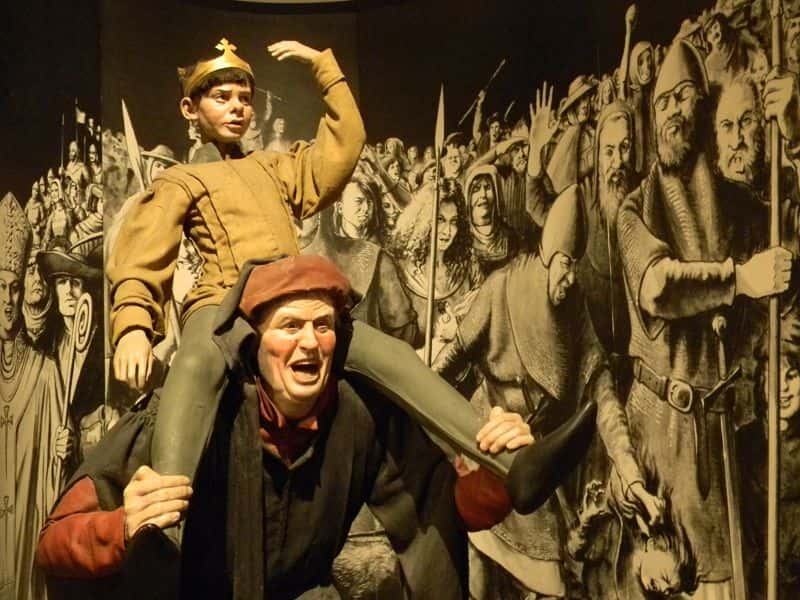 pinterest
pinterest
3. I Don’t Feel So Good
How did 21-year-old Henry escape probable execution in 1476? By playing sick, of course. While being transported to Edward VI, Henry faked severe stomach cramps. In the resulting confusion, he was able to flee into the sanctuary of a monastery. By then, Duke Francis recovered, and Henry returned to safety, thereby blazing trails for college-age kids to play sick for generations.
2. Don’t Ask How We Got That Spare Room…
Shortly after his ascension, Henry imprisoned the ten-year-old nephew and heir to Richard III, Edward, the Earl of Warwick. However, he waited 14 years to finally execute the boy. At the time, it was believed the king was responding to pressure from the King and Queen of Spain, who wished for Henry to clean his house, so to speak, before they would send their daughter, Princess Catherine of Aragon, to marry Henry’s son. Later in life, Catherine would believe her misfortunes were the karmic result of Edward’s sacrificial death.
 youtube
youtube
1. Back to the Future: Treason Edition
Upon becoming king, Henry retroactively dated his reign to start from 21 August 1485—one full day before the death of Richard III. In effect, Henry made everybody who fought with Richard against him at the Battle of Bosworth an official traitor. That also meant the property and titles of anyone who fought against him were forfeit. But since doing so would effectively uproot most of the English nobility, Henry did allow anyone who swore fealty to him to be spared in life and livelihood. Talk about a power move.
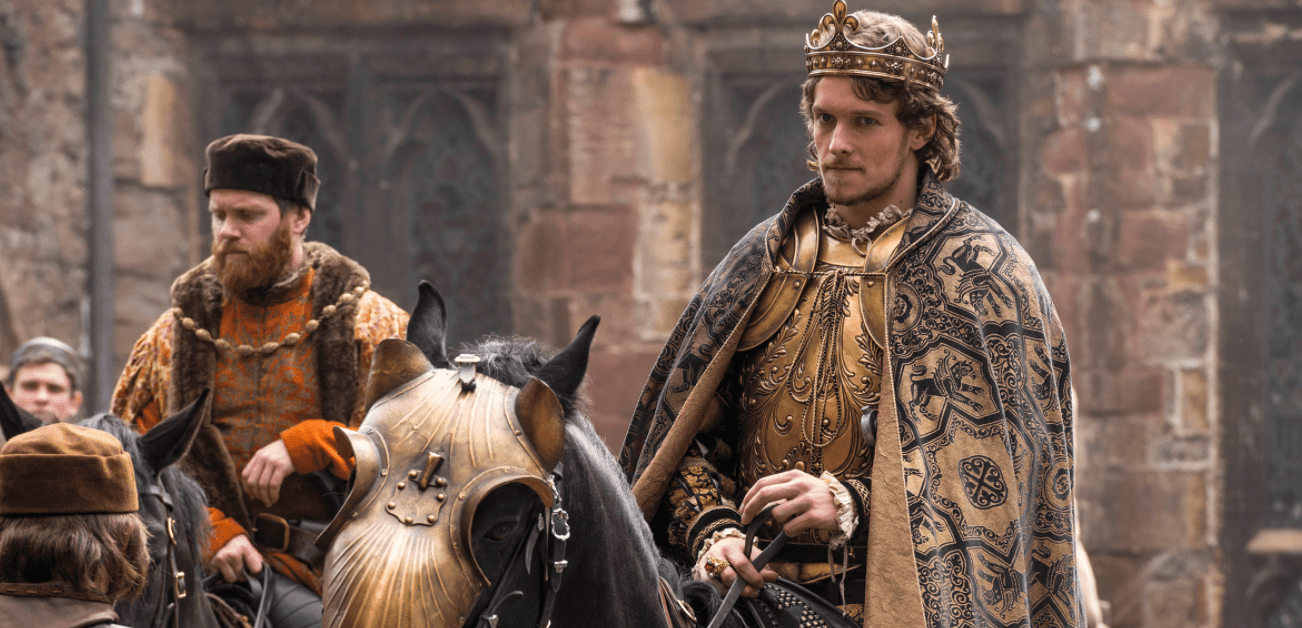 pinterest
pinterest
Sources: 1, 2, 3, 4, 5, 6, 7, 8, 9, 10, 11, 12, 13, 14, 15, 16, 17, 18, 19, 20, 21, 22, 23, 24, 25

